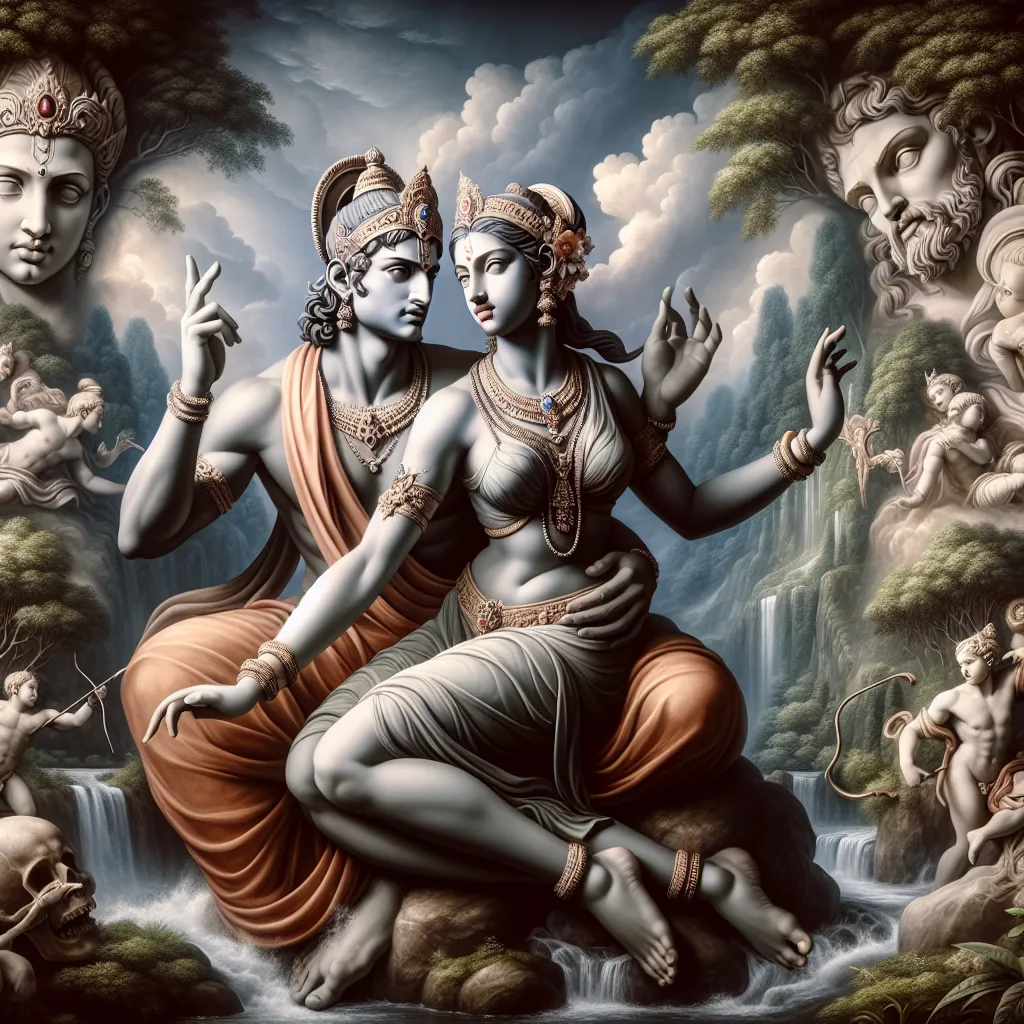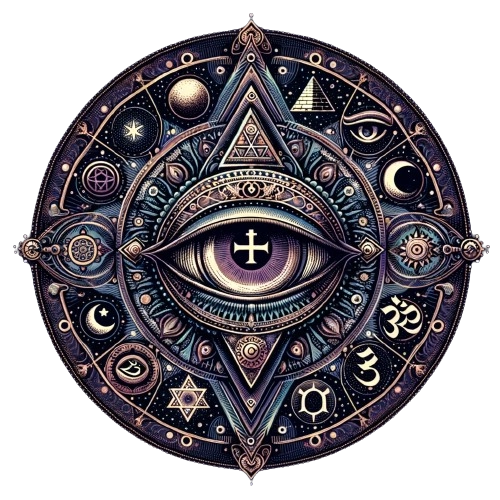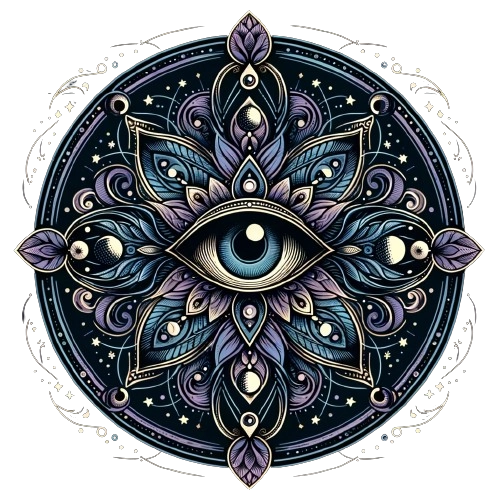
- Published on
- Authors

- Name
- You
The Ramayana: The Spiritual Journey of Rama and Sita
The Ramayana, one of the grandest epics from ancient India, offers a timeless tale rich with spiritual themes and esoteric wisdom. It narrates the journey of Prince Rama and Princess Sita, exploring profound themes of dharma (duty/righteousness), loyalty, and divine intervention. This article delves into the essence of the Ramayana, blending advanced science and mystical knowledge to uncover the layers of this extraordinary saga.
The Grand Narrative
The Characters
| Character | Role | Spiritual Significance |
|---|---|---|
| Rama | Protagonist, Prince | Embodiment of dharma, ideal king |
| Sita | Princess, Rama's consort | Symbol of purity, loyalty, and divine feminine |
| Hanuman | Devotee of Rama | Archetype of devotion, strength, and selfless service |
| Ravana | Antagonist, Demon King | Represents ego, desire, and adharma |
The Journey
The journey of Rama and Sita can be understood not just as a heroic saga but as a profound allegory for the spiritual journey within each of us:
- Exile from Ayodhya: Symbolizes the souls descent from the divine plane into the material world.
- Abduction of Sita: Represents the trials and tribulations (Maya/illusion) that test our resolve and purity.
- Rama’s Quest: Embodies the quest for righteousness (dharma) and the pursuit of spiritual goals.
- Battle with Ravana: The eternal struggle between good (dharma) and evil (adharma).
Spiritual Themes Explored
Dharma: The Cosmic Order
The concept of dharma is the epic’s cornerstone, embodying the moral and ethical imperatives that ensure harmony in the universe. Rama's life is a template of dharma, teaching us the importance of duty, truth, and righteousness in personal and societal contexts.
Loyalty and Devotion
The unconditional loyalty of Sita towards Rama, and the unwavering devotion of Hanuman, underscore the power of faith and fidelity. These relationships illustrate how pure intentions and actions aligned with dharma lead to divine grace and intervention.
Divine Intervention and Grace
The presence of cosmic and divine forces guiding the characters exemplifies that divine intervention aids those who uphold dharma. The epic asserts that while humans strive for righteousness, divine forces support and guide their journey.
Interpreting the Ramayana in the Modern Context
Scientific Perspective
Modern science, particularly in psychology, resonates with many themes from the Ramayana. Concepts like archetypes (Carl Jung) and hero's journey (Joseph Campbell) have profound parallels in the epic's narrative.
- Archetypes: Rama as the Hero, Sita as the Innocent, and Ravana as the Shadow embody universal patterns in the collective unconscious.
- Hero's Journey: The stages of departure, initiation, and return present in Rama’s story mirror the hero’s transformational journey outlined by Campbell.
Mystical Wisdom
The Ramayana also emphasizes the inner spiritual journey. Practices like meditation and yoga, part of mystical traditions, reflect the internal quest for harmony, mirroring Rama’s external quest for Sita and dharma.
Lessons for Contemporary Life
- Adherence to Dharma: Living a life aligned with ethical principles ensures peace and fulfillment.
- Resilience in Adversity: The trials of Rama and Sita teach resilience and perseverance in the quest for higher truths.
- Faith and Devotion: Cultivating unwavering devotion and loyalty can inspire and sustain us through life’s challenges.
Conclusion
The Ramayana is not merely an ancient tale but a guidebook for contemporary living, blending profound spiritual wisdom with the human experience. As we navigate the complexities of modern life, the epic offers timeless lessons on dharma, loyalty, and the transformative power of divine grace. By understanding its deeper meanings, we can embark on our spiritual journeys with greater clarity and purpose, just as Rama and Sita did millennia ago.
